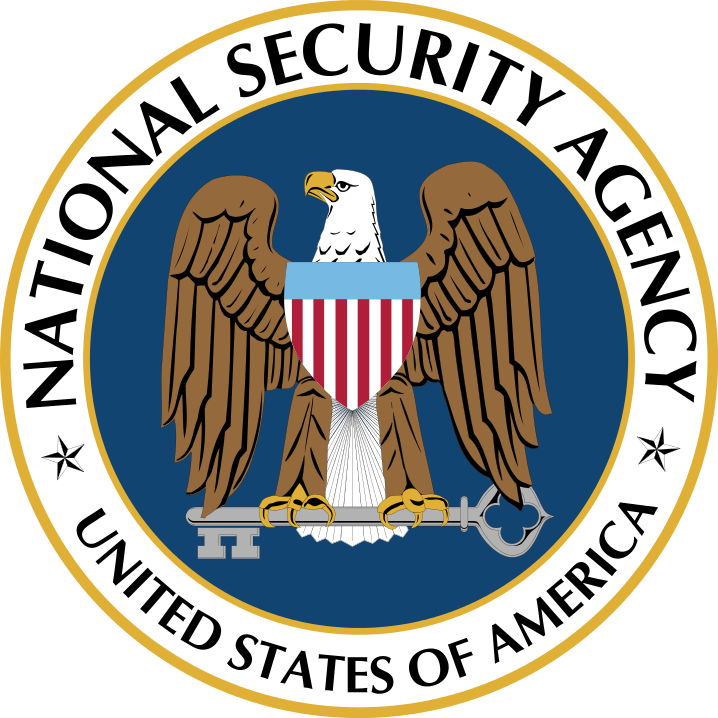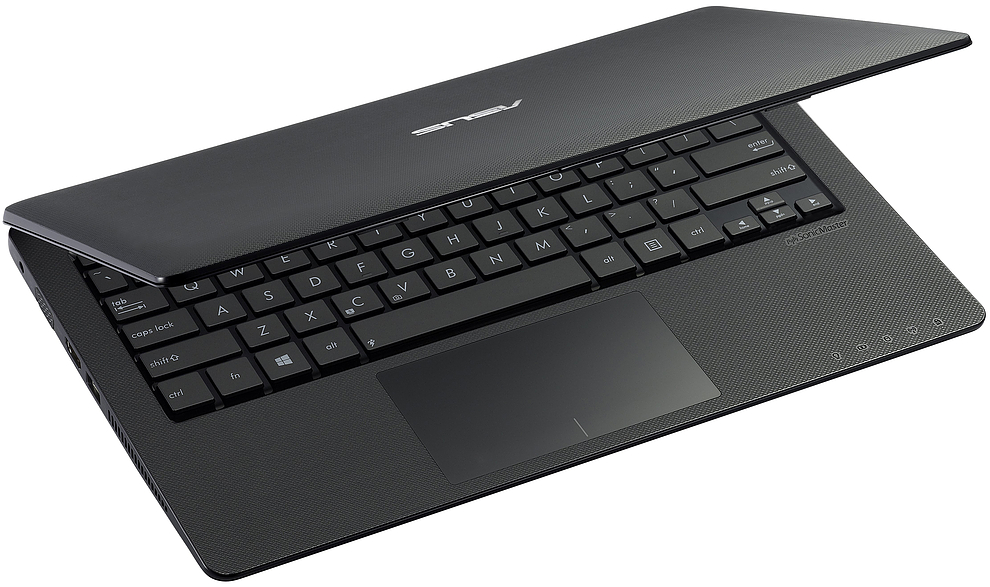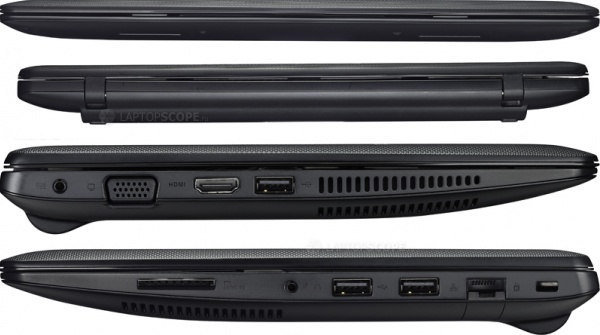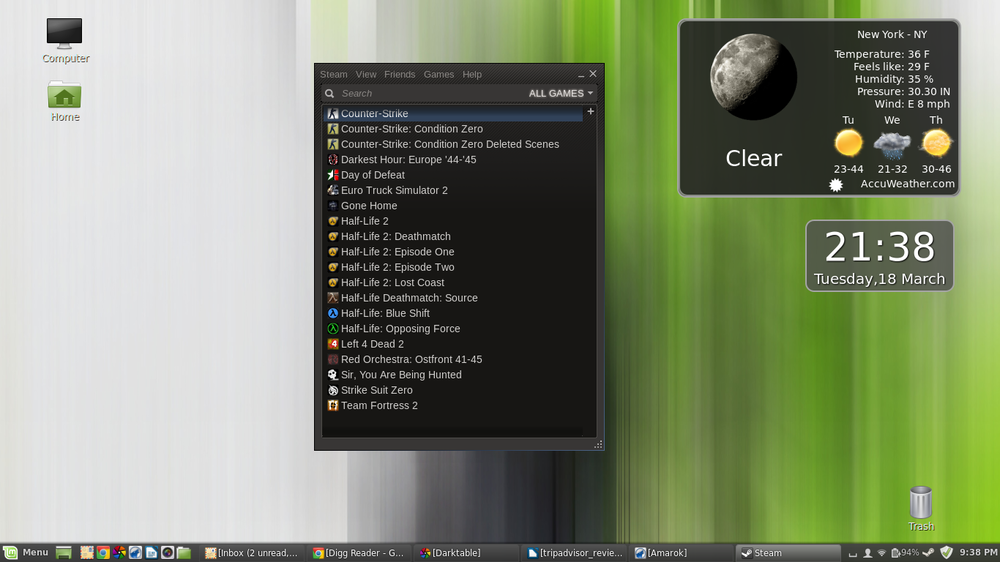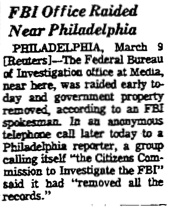Photo from that stellar news outlet, the Daily News.
Surprise, surprise, New York infrastructure is deteriorating before our eyes! How could this possibly happen? Everyone knows the city, the state and the nation have been pouring billions into creating the infrastructure of the future while putting millions to work and stimulating solid economic growth. Right? Or maybe not!
It would have been all too easy to commit billions to rebuild the infrastructure in Manhattan, much of which is now in its second century. But no one thought of that. And here we are.
Right now, Manhattan is riding the biggest real estate bubble in its history. The median price of a condo in the borough is well over $1 Million, with the price far higher in downtown neighborhoods, such as the Lower East Side, where this water main break and sinkhole occurred. Not that it will make us little people feel better, but what we are seeing are overpriced luxury homes being built on top of decaying infrastructure. And many of these developments are in what are now flood zones going forward as sea levels rise and more Atlantic hurricanes are expected to turn left and make landfall in the region.
My biggest gripe with New York, beyond the fact that it is an imperialist, even pro-war city with a dangerous wealth gap, is that its infrastructure is terrible. We have outstanding drinking water. But that won't last. We are told that the subways are reliable. Yes, in spite of the fact that the system is barely holding together. When I look at Tokyo, Hong Kong, and even London (the other "Capitals of the World" right?), I see better infrastructure. We New Yorkers won't realize the lost opportunities we had to rebuild until it is too late.
The 2009 Federal stimulus package might have been our last chance to rebuild. We shall see if I'm correct.



